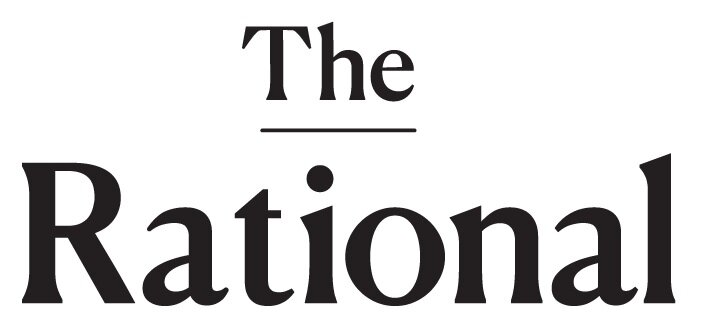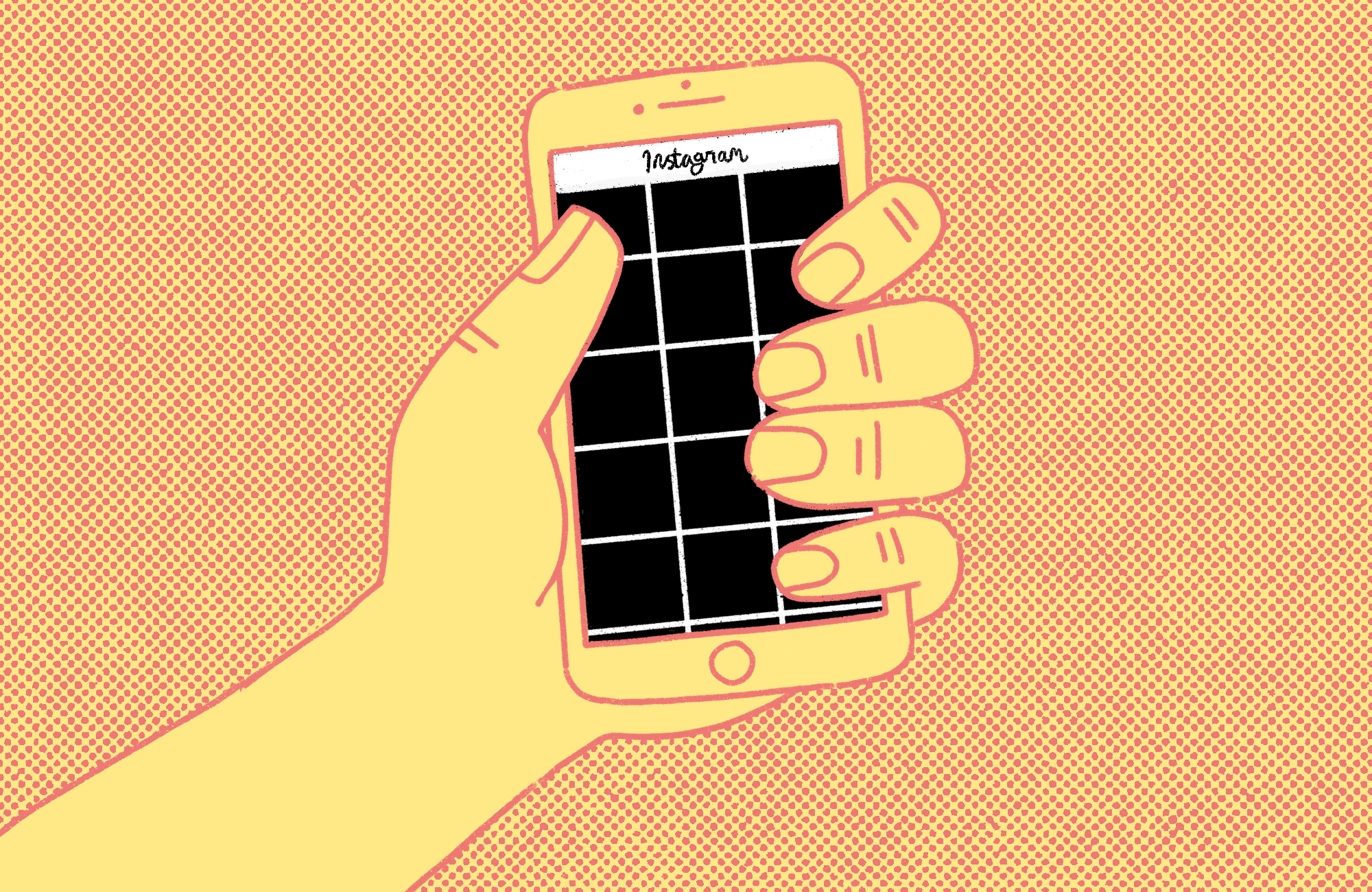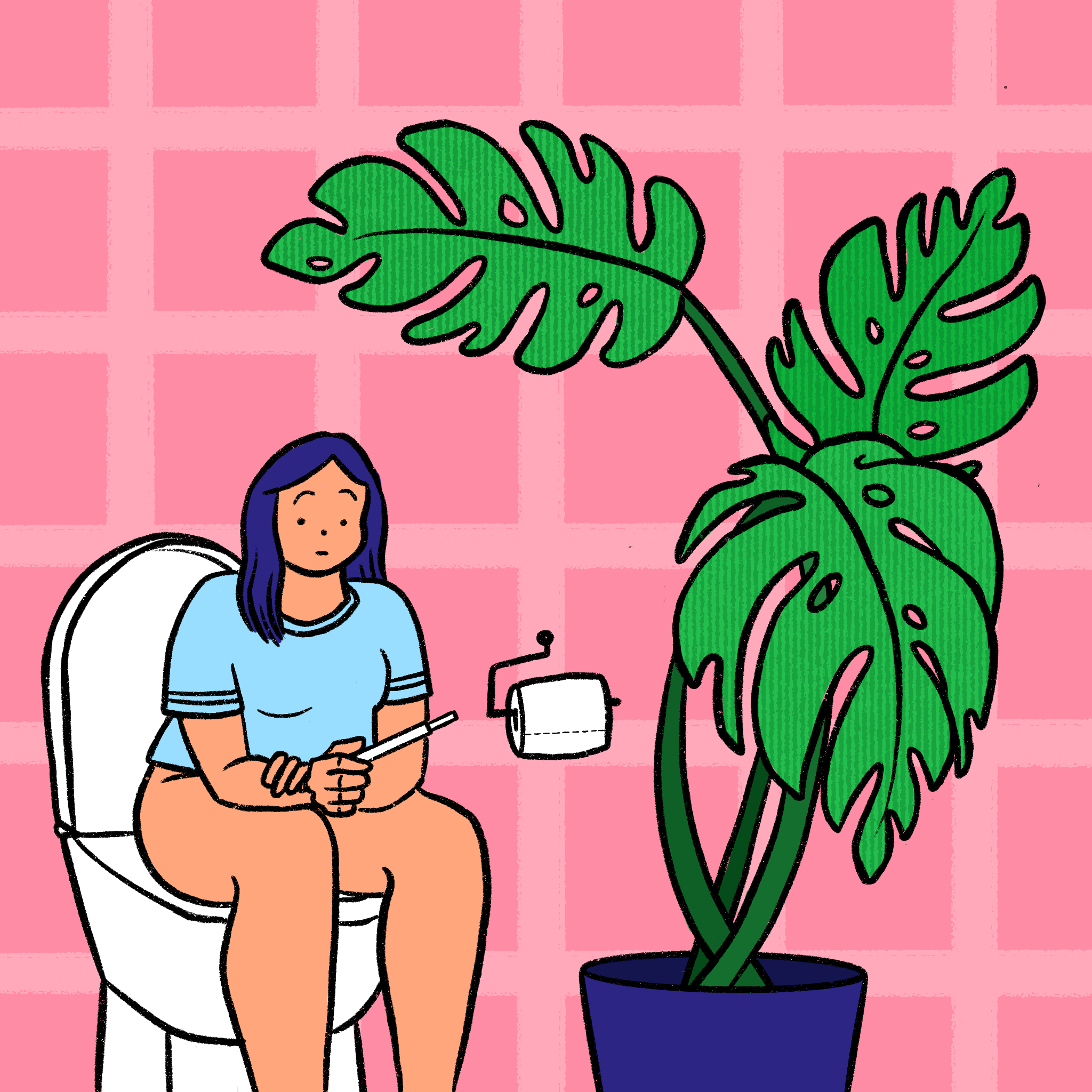Asian and American: A Tradition of Silence No More
Asian Americans are taking to the polls and claiming their electoral power and, by doing so, challenging racist stereotypes.
Illustration by Ally Hart
The first time someone asked me, “What are you?”, I was a freshman at Boston University (BU). My college was throwing a welcome barbecue for the new class, and I, a Los Angeles transplant, was excited by the idea of making Boston my second home. I was meeting new faces, eager creatives, budding academics, and I was overwhelmed by the immense sense of camaraderie and belonging. I felt accepted and safe.
He didn’t even stop to introduce himself to me. Cutting through the sunny festivities, this young man walked straight towards me in the crowd, took one look, and threw out the question: “So what are you?” “Taiwanese Japanese,” I responded after a pause. “Oh Japanese,” he said. Wait for it. “So, Pearl Harbor, then!”
I cannot express how tired I, and other Asian Americans like me, are of these recurring questions, comments, and for many Asian American women, absurd catcalls. I am likewise tired of people telling me to ignore them because I’m being “too sensitive” or that people are “just curious.” Let me be clear: I am not offended by your curiosity. I am offended by your assumption of my place (or lack thereof) within your image of what American society looks like and what constitutes as American.
“What are you?”
“Where are you from?”
“But your English is so good!”
“Nĭ hăo, China Princess.”
When the boy rudely asked me about my ethnicity, what I heard was not curiosity. What I heard was the devaluing of me as a human being — a what and not a whom. What I heard was the implication that the Japanese half of my genetic makeup marked me as a foreign terror. What I heard in his immediate response to my ethnic background was his association of my physical features with the Japanese soldiers who attacked our country, killed our people, and wounded our pride over 60 years ago. And in that singular exchange, I realized that I would always be a foreigner or threat in the eyes of white America.
Asian facial features and diverse skin colors pronounce us as non-white. For many, this gives way to the assumption that those of Asian descent are not American and not from the Americas; that we are “Oriental,” and therefore foreign. Whether first or fourth generation, Asian Americans are constantly treated as “perpetual foreigners” who do not belong. The figure of the Asian as the Outsider has always bothered me. In a country as proud and young as America, it’s easy to point fingers at the foreigner and to outsource the blame. “Asian American” refers to a multitude of pan-ethnic identities, including but not limited to Bangladeshi, Burmese, Cambodian, Chinese, Filipino, Hmong, Indian, Japanese, Korean, Laotian, Pakistani, Thai, and Vietnamese.
And yet, most of these diverse and complex cultures have been boxed into a select few of those ethnic groups which have historically been demonized and vilified throughout American history — think Yellow Peril or the negative campaigning ads against China that reigned 21st century American politics, no doubt “fueling a racial paranoia with deep roots […] not just against Chinese-Americans, but all Asian-Americans.” Think, in response to the boy at BU, of the anti-Japanese sentiments in America during WWII or the murder of Vincent Chin. Think of the growing intensity of Muslim xenophobia and rise of Islamophobic hate-crimes post 9/11. These are only a few of the many racial scaremongering stereotypes projected onto those with ancestors from the Asian continent and remain some of the largest misrepresented figures whom white America has repeatedly cast as national security threats, job-stealers, spies, and terrorists. And yet, the Asian American community has done little to counter these stigmas and acts of extreme racism. Rather, over the past few decades, Asian Americans have gained a reputation for being unengaged, inactive, and socially and “politically invisible.” I argue that it is this lack of ownership in the political, cultural, and social shaping of our shared American space that has allowed us to remain foreigners in our land and to become an easy scapegoat.
Trump’s past instances of anti-Asian and anti-immigrant actions and rhetoric, for example, have only exacerbated the Asian American conflict. Throughout his 2016 campaign and into his current administration, Trump’s agenda has been extremely damaging to the Asian American community. From his mockery of Japanese and Chinese accents to the vulgar exclamation of “We cannot continue to allow China to rape our country,” Trump built his campaign and presidential platform around blaming ethnic groups (especially China) for America’s current economic state, lack of jobs, and the Opioid Crisis. Simultaneously, that same rhetoric in reference to the Muslim Ban brings up two specific, shameful, and racially-charged periods in American history: the Chinese Exclusion Act and internment of Japanese Americans during WWII. It follows then that the vast majority of Asian Americans strongly oppose the banning of Muslims by more than a 3-to-1 margin, or that in placing blame upon an Oriental scapegoat, Trump unsurprisingly lost the Asian American vote. Because when you include such pointedly ignorant comments and racist impersonations into your grouping of an entire people under the guise of national security; when you consistently expel anti-Muslim sentiments during conversations about immigration reform and continue to use it as a political strategy (many Muslims are of South Asian ancestry); when you point your finger and blame China for America’s deficits (24% of the Asian American population is Chinese), then you explicitly alienate the combined largest portion of your Asian American voting bloc.
But what does it matter if he scorns the 3.6% Asian electorate to please his 73.3% white constituency? It doesn’t. Because 3.6%. That is the space that we as Asian Americans currently occupy in the shaping of our sociopolitical landscape, and it is not enough. Asians have been bullied into silence in America. Indeed, racial prejudice and violence towards the Asian American community has a longstanding tradition in American history. Even when Asian Americans are not being denounced as villains lurking within American communities, we have been pigeonholed into the most detrimental stereotype working against our potential to rise as active and audible compatriots: the “model minority.” A hyper-exaggeration of cultural differences, a gross-generalization of racial success, and to some extent, a projection of white-male-privilege/alt-right wishful thinking, the “model minority” stereotype projects Asian Americans as a hardworking, submissive, socially compliant, and politically docile group of people, one that does not stir up trouble by publicly voicing dissent. The cliché does, in some manner, reflect Asia’s history of conflict. In the immigration histories of different ethnic Asian groups and their transitions into the U.S., many immigrants fled as refugees from their respective countries to escape political turmoil, dictatorships, Communism, persecution, and/or ethnic cleansing. Many were beaten into submission and conditioned into silence, not only carrying these traumas with them to the States but also passing their fears and experiences down to their children, creating a trans-generational trauma as a part of their immigration narrative. Those charged emotions and fears have been misappropriated and conscripted into the “model minority” myth, used as a political strategy by those in power to not only ensure a legacy of silence but to also “justify and perpetuate racism against blacks in particular.” In the misconstruction of this victimized and persecuted identity, Asian Americans have been written into a minority narrative that pits us against other racial groups, posing us as an enemy rather than an ally which therefore further marginalizes us from the already-marginalized and disenfranchised.
So what has become of this tradition of silence? What have we gained? Nothing. We have been subdued. We have fallen asleep behind the misconception that to remain silent is to remain safe. We have been forgotten, drowned out by the louder and more aggressive voices of others, unacknowledged by both those in power and those who likewise occupy our othered space. We as Asian Americans have fallen out of national consciousness, become barely-visible as lackluster background characters in this social landscape, and absent from America’s political discourse.
And yet, 2016 saw a shift in this pattern of disengagement. The Asian American community is steadily growing in political action, producing a historically high voter turnout and continuing its efforts to push back against racially discriminatory political actions. From the moment Trump was announced president-elect, I saw a rise in Asian American fervor and patriotic spirit. I saw them make headlines. I saw them vote, I saw them advocate, I saw them march and protest, and I heard them speak. I saw them carve out a space for themselves alongside their minority brothers and sisters in the name of advancing justice. From the #thisis2016 movement onward, Asian Americans have been raising the decibel of their dissent, culminating in a year of political “firsts” as they moved their way into the ever-changing and increasingly polarized America. By 2044, we Asian Americans are projected to be 1 out of every 15 votes in America. I am a part of a growing community and we are taking politics by storm. The idea of political silence may have been a means of survival in pre-Civil-Rights America. Because to question white America’s status quo then was to be unpatriotic, and for a group of people who have been cast as “foreign,” challenging the government, acting in protest, or projecting any form of thought that countered the conventional norm was to draw attention to the permanent outsider: the Asian in America.
But I am Asian and I am American and I am here to stay. I am tired of the daily racial microagressions that often interrupt, or rather define, the everyday American life that I and others within my community live. I am tired of being told to “go back to China.” I was born here, too. I am not a visitor in your country; this country is my home. I am not to be villainized, patronized, fetishized, or underestimated, and I want no more affiliation with that disparaging figure of the model minority.
We are not model minorities because we are “passive and meek.” We are examples of proud American minorities because we protest, we vote, and we speak. Like true patriots, we can love our country emphatically and be simultaneously aware of the inherent flaws in our American ideology. We know our country’s contentious history, hold people accountable for their ignorance, and deign to challenge white American’s status quo. We are not blinded by the privilege of the “home of the free;” we are brave because in the face of systemic oppression, we are distinctively not silent. 2016 has brought a new era for Asia Americans.
Asian and American in the truest of fashion: we protest, we march, and we stand.




















